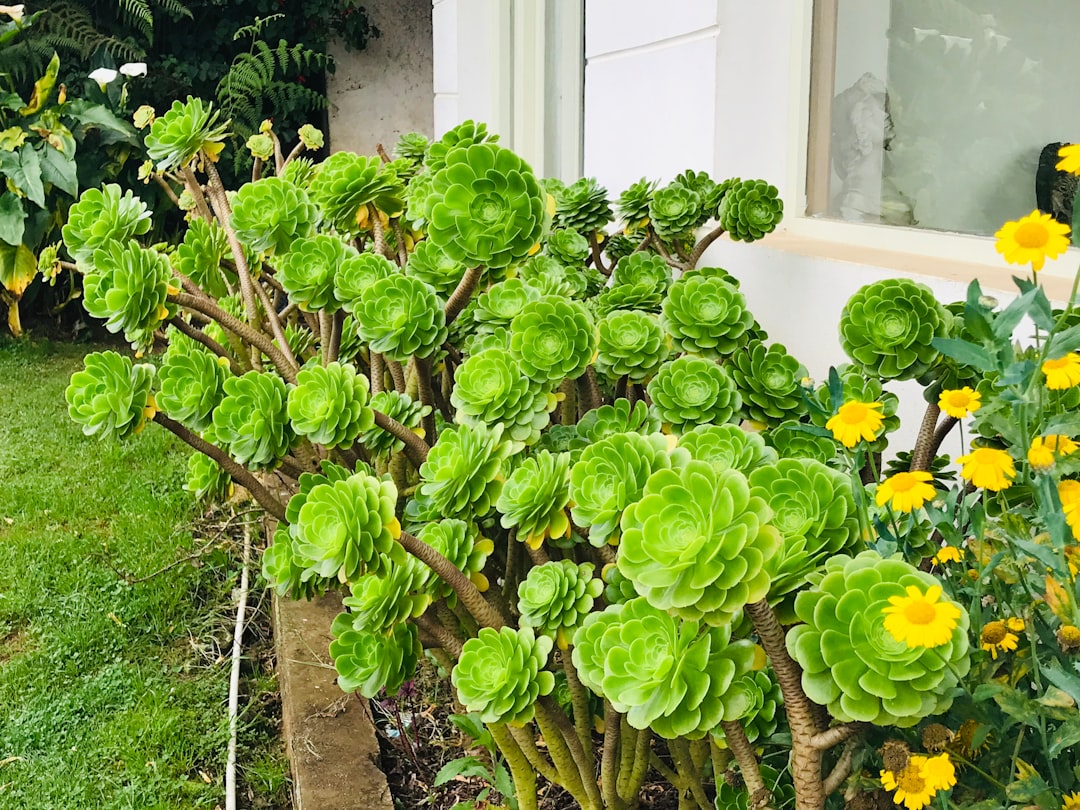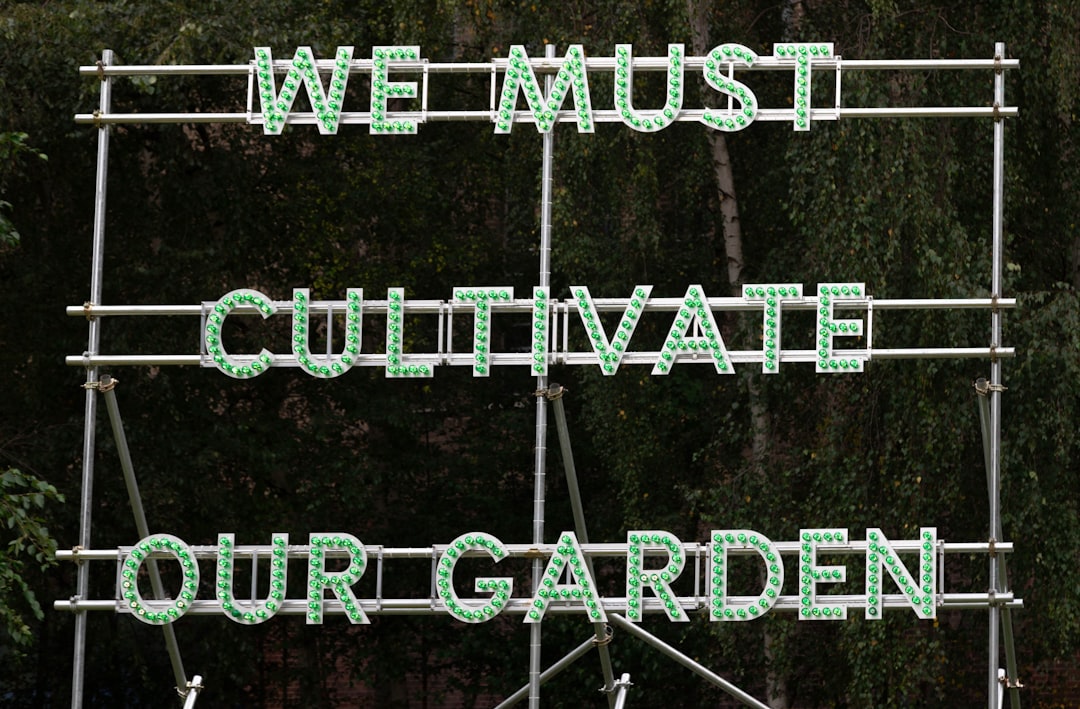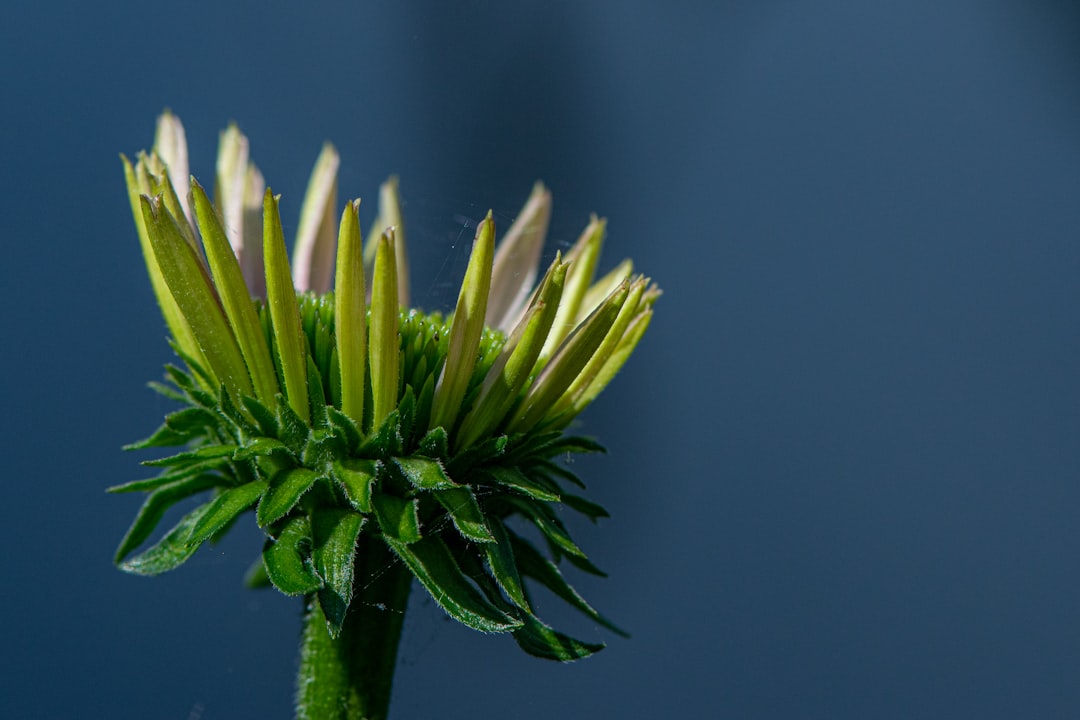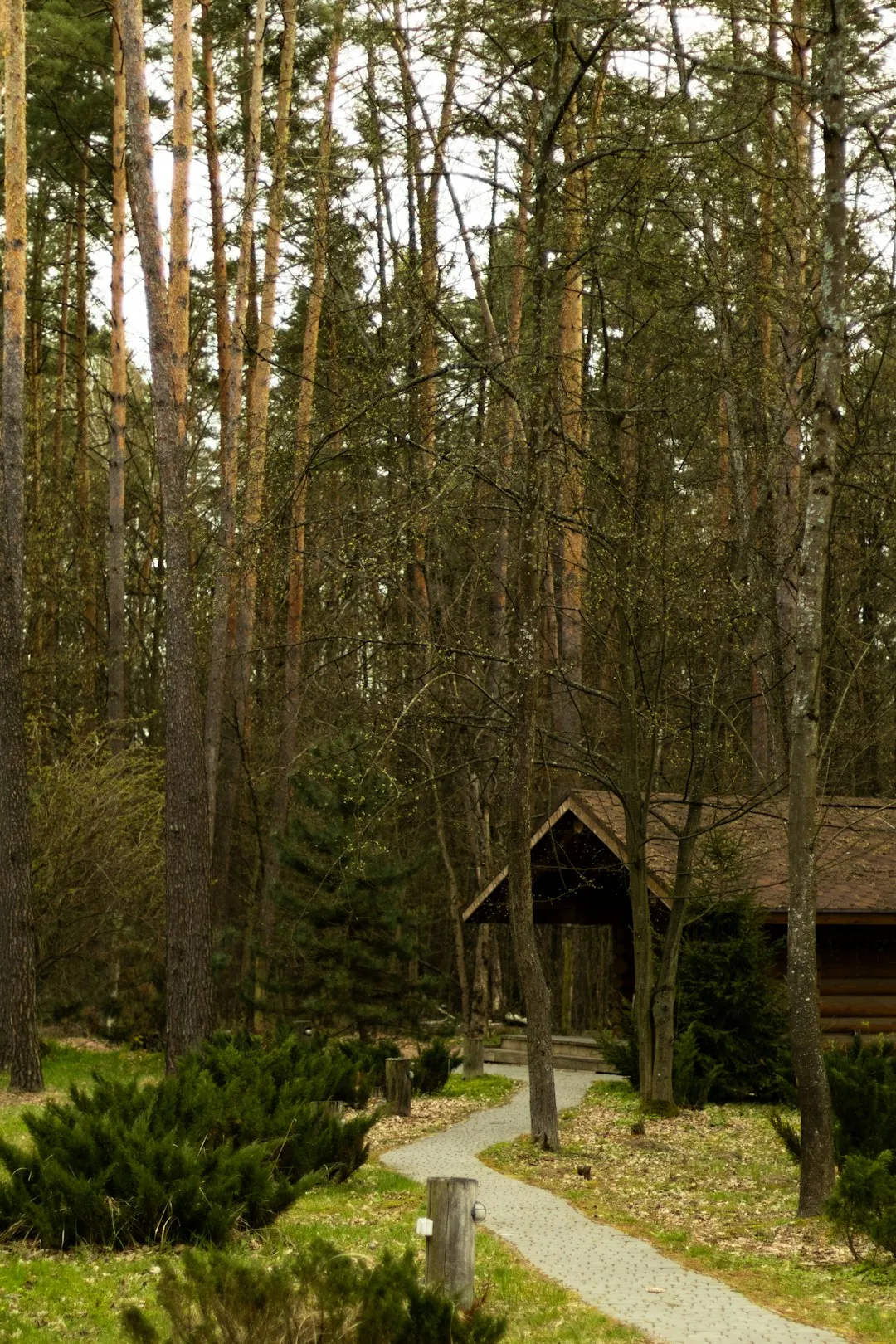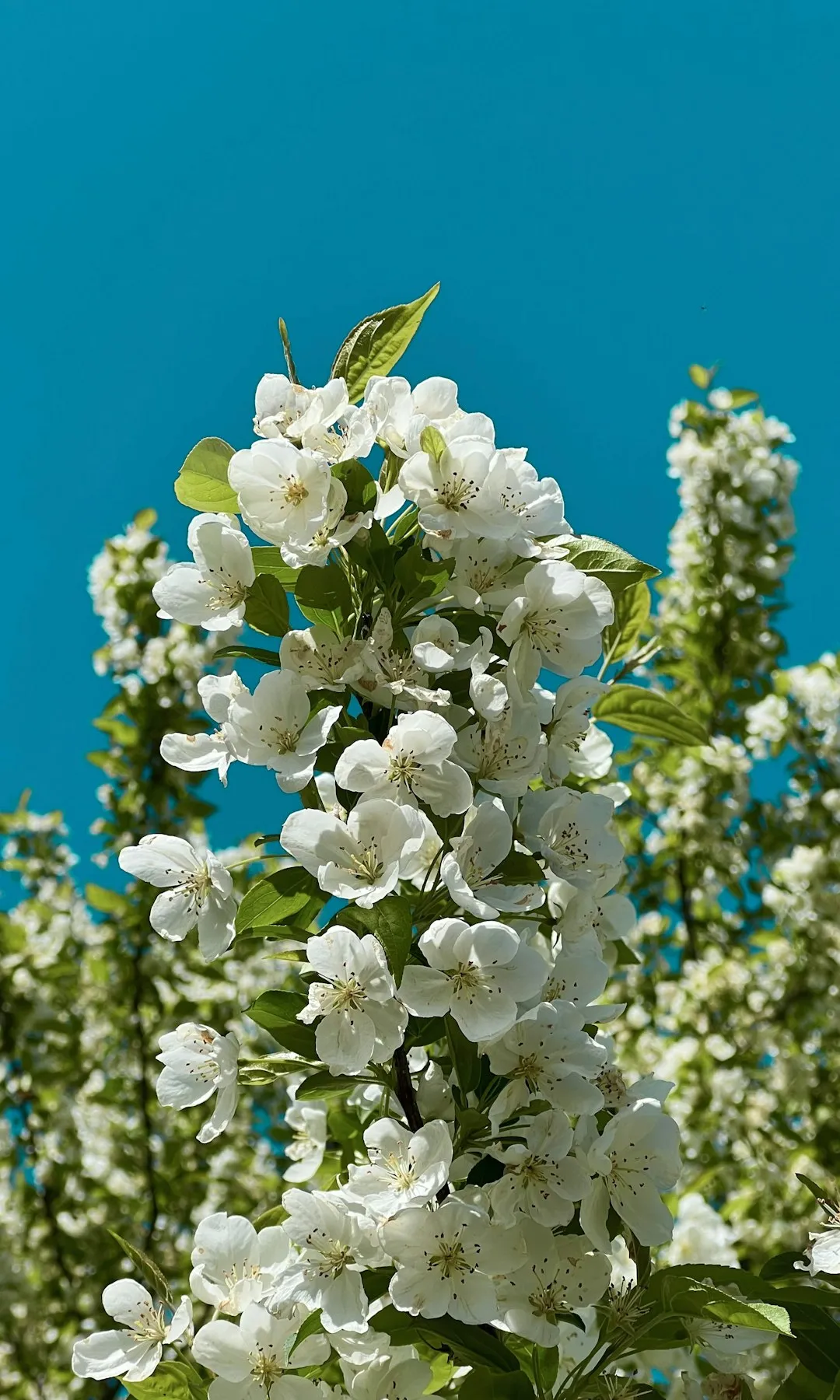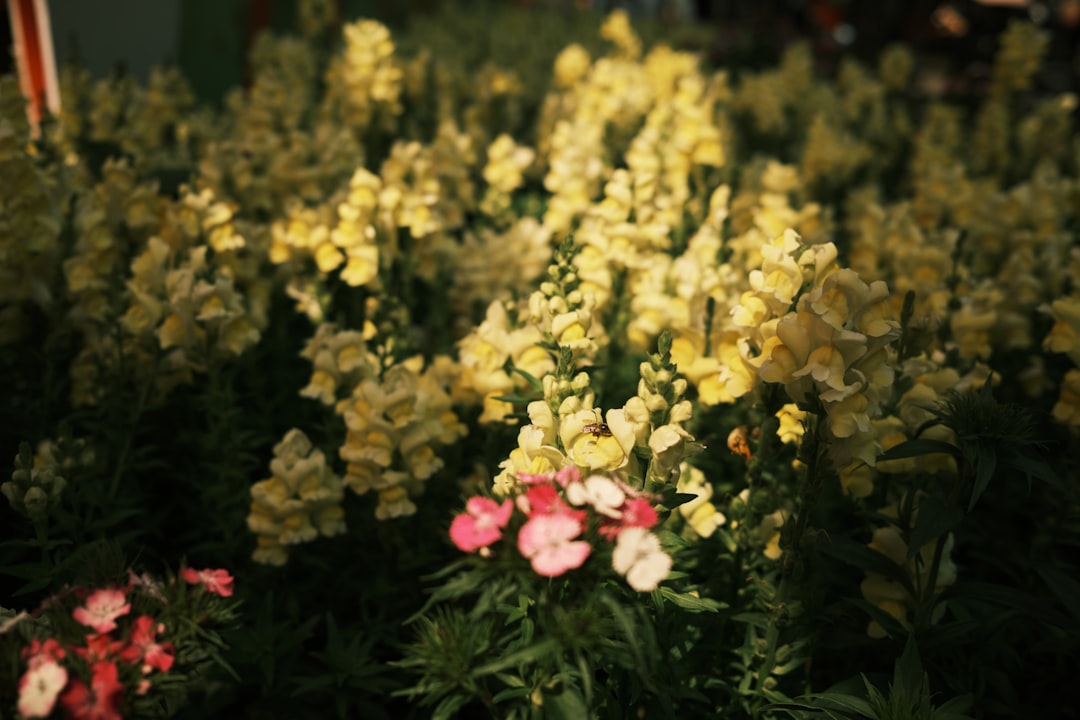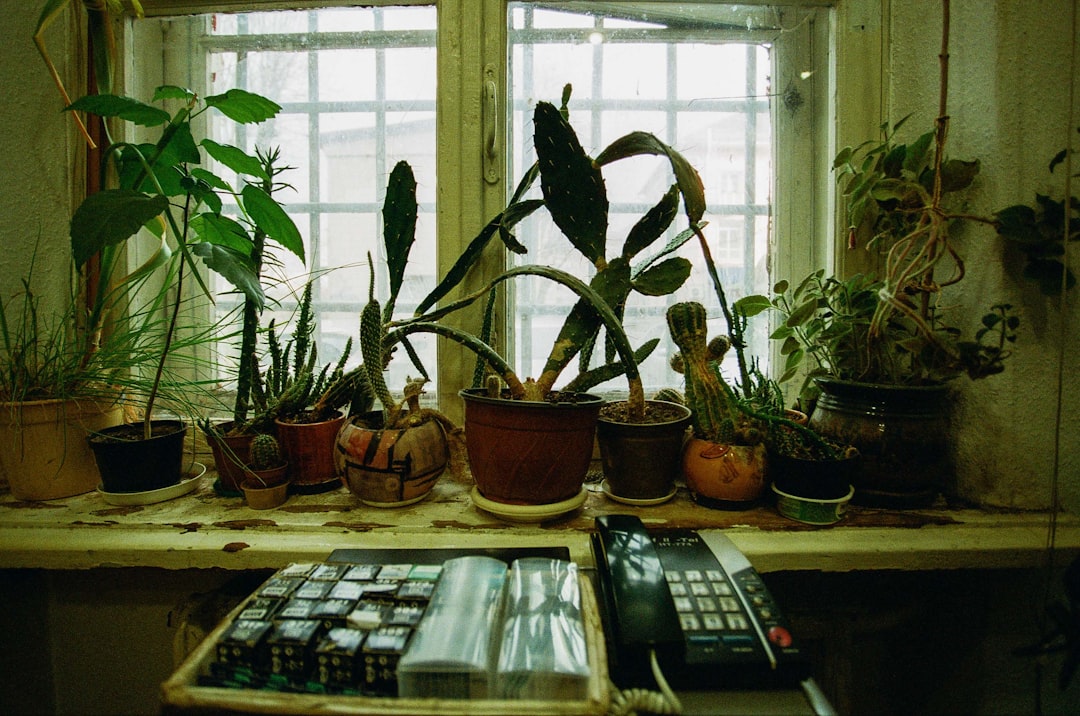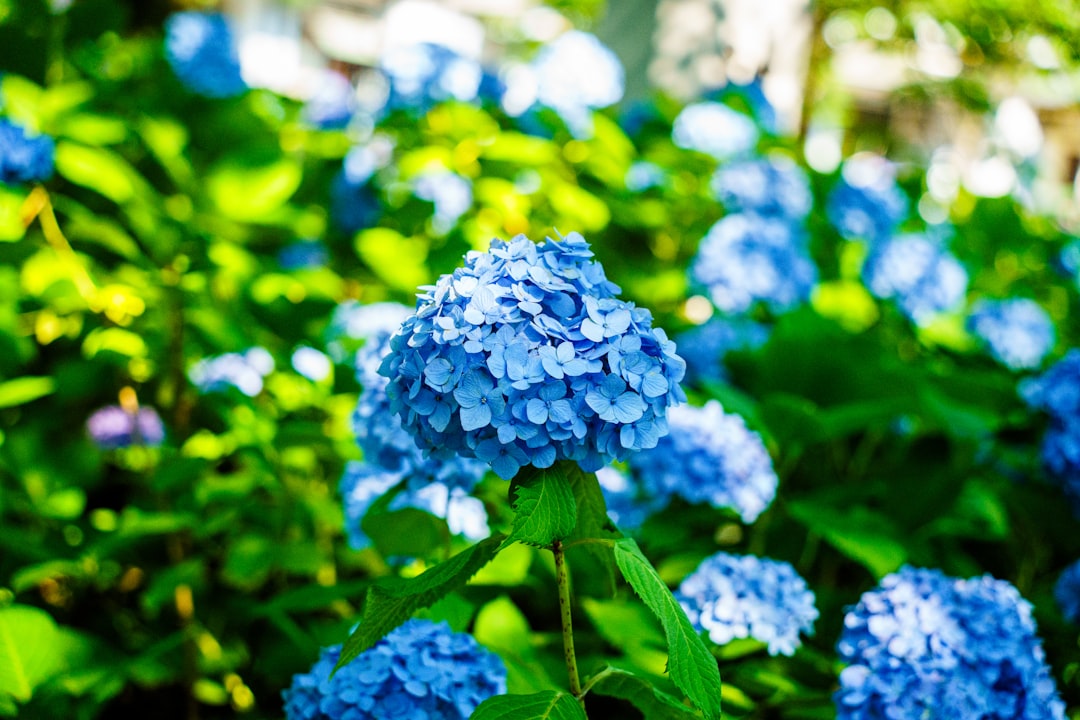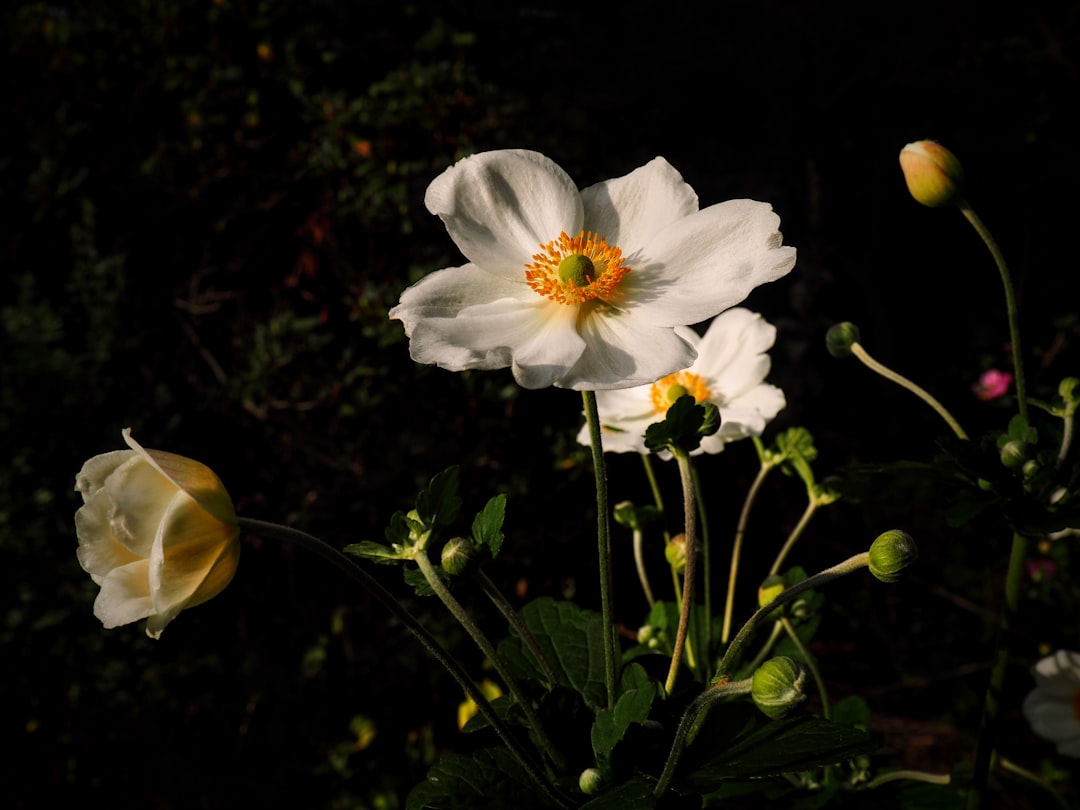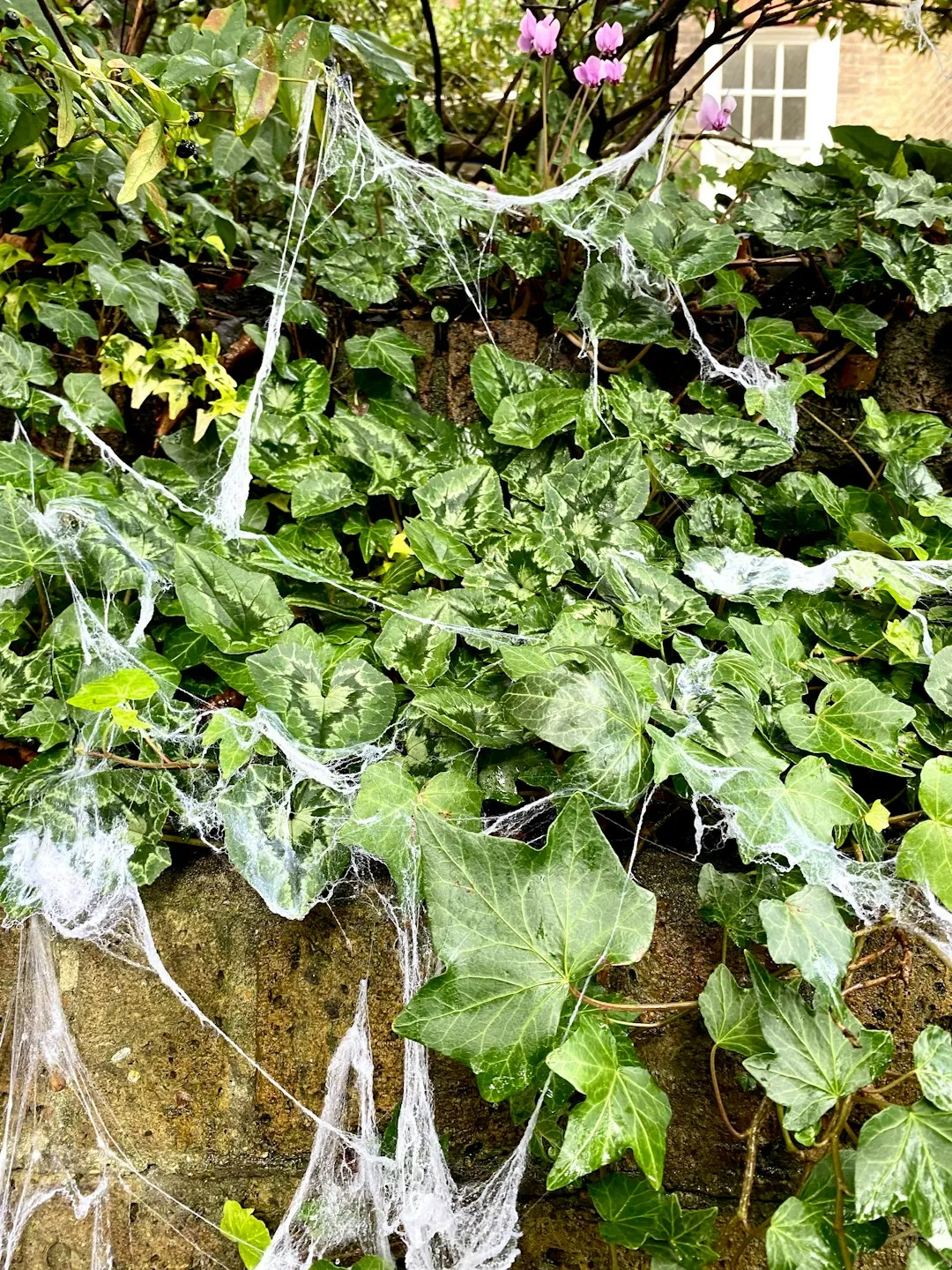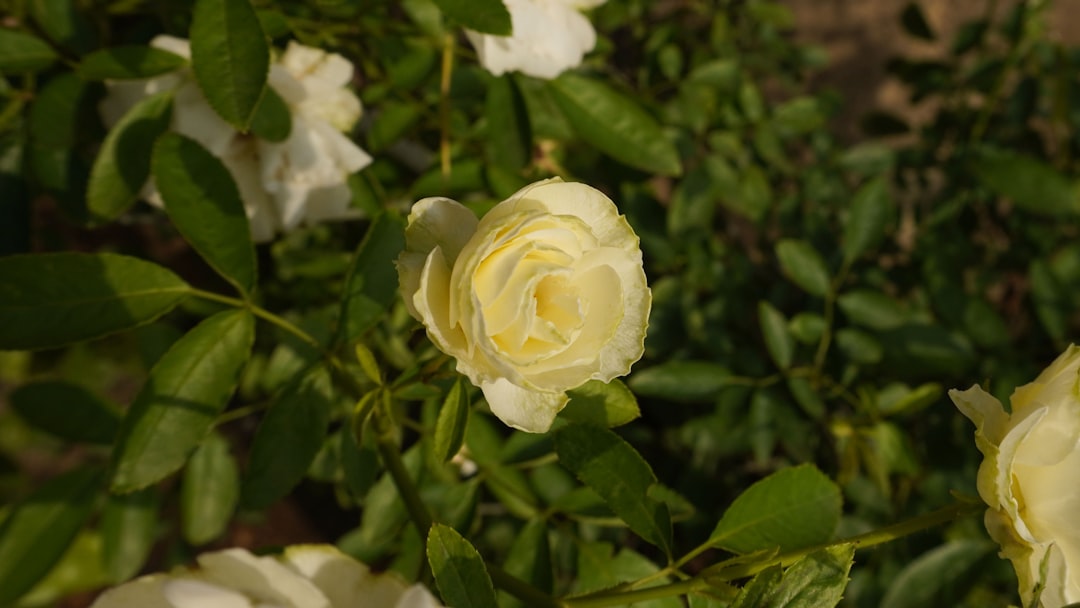Embarking on the journey of creating a flower garden is an exciting endeavor that allows you to connect with nature and add a splash of color to your outdoor space. Whether you're a seasoned gardener or a novice with a green thumb, these helpful tips and strategies will guide you through the process of planting a beautiful flower garden that blooms across multiple seasons.
Creating the Perfect Garden Bed
The first step in planting a flower garden is to create a suitable garden bed. Start by choosing a location that receives adequate sunlight for the types of flowers you want to plant. Most flowers thrive in full sun, which means at least six hours of direct sunlight per day. However, some varieties, such as impatiens and begonias, prefer partial shade.
Once you've selected the location, prepare the soil by removing any weeds, rocks, or debris. Loosen the soil to a depth of at least 12 inches using a garden fork or tiller. This will allow the roots of your flowers to penetrate easily and access nutrients and water. If your soil is heavy clay or sandy, consider adding organic matter, such as compost or well - rotted manure, to improve its texture and fertility.
Next, mark the boundaries of your garden bed using a garden hose or string. You can shape your garden bed in any way you like, whether it's a traditional rectangular shape, a circular bed, or a more free - form design. After marking the boundaries, use a spade to cut through the grass and remove it from the area. You can either compost the grass or use it as mulch in other parts of your garden.
Selecting the Right Flowers
When choosing flowers for your garden, it's important to consider the climate, soil conditions, and the amount of sunlight the area receives. Select a variety of flowers that bloom at different times of the year to ensure continuous color in your garden. For example, you can plant early - blooming bulbs, such as tulips and daffodils, in the spring, followed by annuals like petunias and marigolds in the summer, and then switch to fall - blooming perennials like asters and chrysanthemums.
Perennials are a great choice for a flower garden because they come back year after year, saving you time and money. Some popular perennials include peonies, daylilies, and coneflowers. Annuals, on the other hand, need to be replanted every year but offer a wide range of colors and varieties. They are also great for filling in gaps in your garden and adding a pop of color quickly.
Planning for Multiple Seasons
To create a flower garden that looks beautiful throughout the year, it's essential to plan for multiple seasons. Start by making a list of the flowers you want to plant and their blooming times. Group the flowers together based on their bloom periods to create a visual display that changes with the seasons.
In the spring, focus on bulbs and early - blooming perennials. These flowers will add a burst of color after the long winter months. As the weather warms up, plant annuals and summer - blooming perennials. These flowers will thrive in the heat and provide a continuous display of color until the fall. In the fall, plant mums, asters, and other fall - blooming flowers to extend the color in your garden.
Another important aspect of planning for multiple seasons is to consider the foliage of your plants. Choose plants with different leaf shapes, textures, and colors to add interest to your garden even when the flowers are not in bloom. For example, hostas have large, lush leaves that provide a nice contrast to the delicate flowers in your garden.
Planting and Maintenance
When it's time to plant your flowers, dig a hole that is slightly larger than the root ball of the plant. Gently remove the plant from its container and loosen the roots. Place the plant in the hole and backfill with soil, making sure to firm the soil around the base of the plant. Water the plant thoroughly after planting to help it settle in.
Proper maintenance is crucial for the health and beauty of your flower garden. Water your plants regularly, especially during dry periods. However, be careful not to over - water, as this can lead to root rot. Mulch your garden bed to help retain moisture, suppress weeds, and regulate soil temperature. Fertilize your plants according to their specific needs, using a balanced fertilizer or one that is formulated for the type of flowers you are growing.
Deadhead your flowers regularly to encourage new growth and prolong the blooming period. This involves removing the spent flowers from the plant. Prune your perennials in the fall or early spring to keep them healthy and promote new growth. Also, keep an eye out for pests and diseases and take appropriate measures to control them.
In conclusion, creating a flower garden is a rewarding experience that requires careful planning and maintenance. By following these tips and strategies, you can create a beautiful flower garden that blooms across multiple seasons and brings joy and beauty to your outdoor space for years to come.
